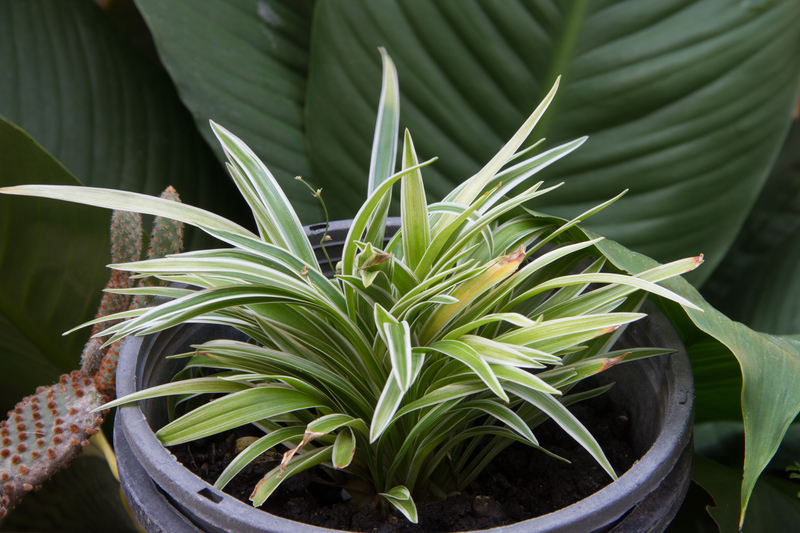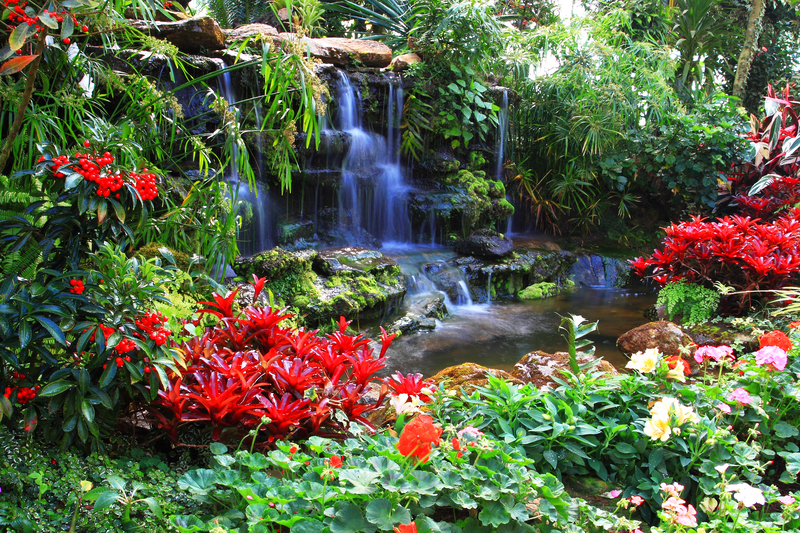Transform Your UK Home with a Japanese Garden
Posted on 22/09/2024
Japanese gardens are not just outdoor spaces but a harmonious blend of art, culture, and nature. With their rich history steeped in centuries-old traditions, these serene landscapes offer a tranquil escape from the hustle and bustle of modern life. Transforming your UK home with a Japanese garden can not only enhance its aesthetic appeal but also provide a peaceful sanctuary to unwind.
Components of a Japanese Garden
A traditional Japanese garden is composed of several essential elements that symbolize natural landscapes. These include water features, stones, plants, wooden structures, and gravel. Here's a deeper dive into each component:
Water Features
Water is a central element in Japanese gardens, representing renewal and continuity. You can incorporate ponds, waterfalls, or streams to add the soothing sound of flowing water. Koi fish ponds are particularly popular and add a splash of vibrant color.
Stones and Gravel
Stones symbolize mountains and can be strategically placed to create a natural, rugged look. Gravel is often used to simulate water and is meticulously raked to represent waves or ripples. Zen gardens, or Karesansui, are the epitome of this design.
Plants
Plant choice is crucial in maintaining authenticity. Opt for Japanese maples, cherry blossoms, bamboo, and evergreen shrubs. The changing seasons will offer a dynamic landscape, from the pink blossoms of spring to the fiery hues of autumn leaves.
Wooden Structures
Incorporate traditional wooden structures such as tea houses, pergolas, or arched bridges. These structures add architectural interest and provide shaded seating areas to enjoy the garden.

Benefits of a Japanese Garden
Enhancing your UK home with a Japanese garden brings numerous benefits.
Stress Relief
The tranquility offered by a Japanese garden creates a peaceful environment that helps reduce stress and anxiety. The sound of water, the rustle of leaves, and the overall aesthetic create a meditative space.
Increases Property Value
A well-designed Japanese garden can significantly boost your property's market value. It offers unique selling points and differentiates your home from others in the neighborhood.
Low Maintenance
Once established, Japanese gardens are relatively low maintenance. The design emphasizes simplicity and natural beauty, requiring minimal pruning and upkeep.
Steps to Create Your Japanese Garden
Transforming your UK home with a Japanese garden involves careful planning and execution. Here are some steps to guide you through the process.
Planning
Start by sketching a plan of your garden space, marking where you would like to place the different elements. Consider the size and shape of your garden, and ensure balance and harmony between the components.
Choosing the Right Elements
Select natural stones, water features, and appropriate plants. Avoid overcrowding the space; less is more in a Japanese garden.
Creating Pathways
Wind gravel or stone pathways throughout your garden to guide visitors and offer various viewpoints. Use stepping stones or rustic wooden planks for an authentic look.
Installation
Begin with the largest elements, such as ponds or stone arrangements, and work your way down to smaller details like plants and gravel patterns. Ensure that the elements blend seamlessly and achieve a natural look.
Tips for Maintaining Your Japanese Garden
- Prune plants regularly to maintain shapes and promote healthy growth.
- Clean water features and ponds to prevent algae buildup.
- Rake gravel and sand to maintain pattern aesthetics.
- Inspect wooden structures for any signs of wear and treat them for longevity.
Pros and Cons of a Japanese Garden
Pros
- Creates a serene, meditative space
- Enhances property value
- Low maintenance requirements
- Year-round visual interest from seasonal plant changes
Cons
- Initial setup can be costly and time-consuming
- Requires knowledge of garden design principles
- May need professional assistance for complex installations

Conclusion
Transforming your UK home with a Japanese garden offers an aesthetic transformation combined with a slice of tranquility. By incorporating traditional elements like water features, stones, and native plants, you can create a garden that is both beautiful and functional.
Key Takeaways
- Japanese gardens blend art, culture, and nature to provide a serene escape.
- Key elements include water features, stones, plants, and wooden structures.
- Benefits include stress relief, increased property value, and low maintenance.
- Planning and execution are crucial for a successful transformation.
- Regular maintenance keeps the garden beautiful and healthy.
Creating a Japanese garden is an investment in both your home and your well-being. With thoughtful planning and attention to detail, you can enjoy a peaceful retreat right in your backyard.







